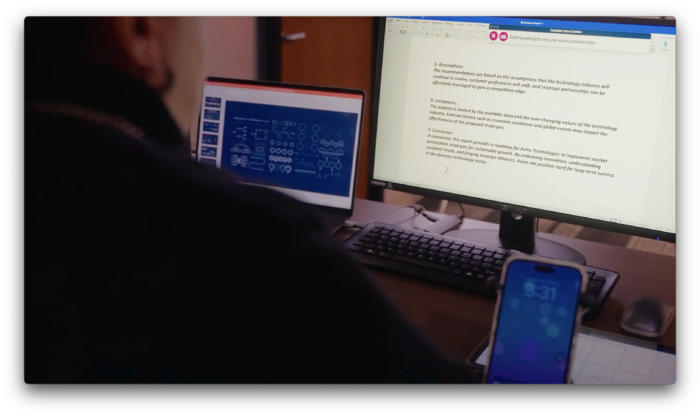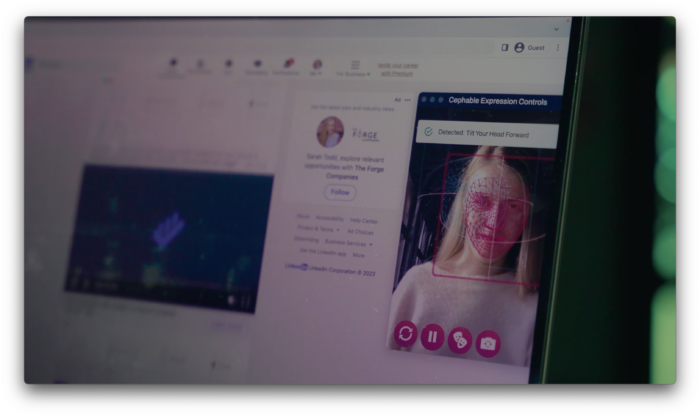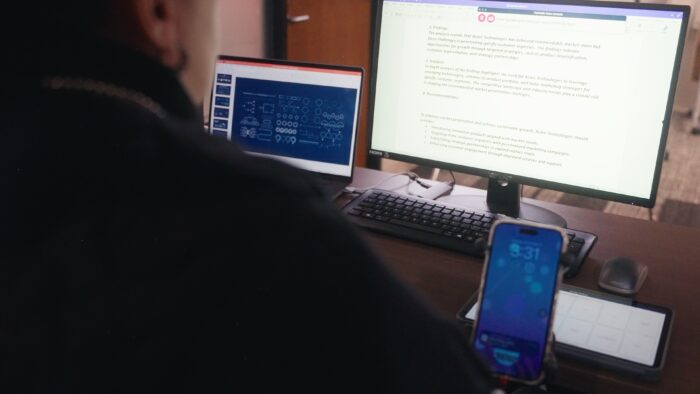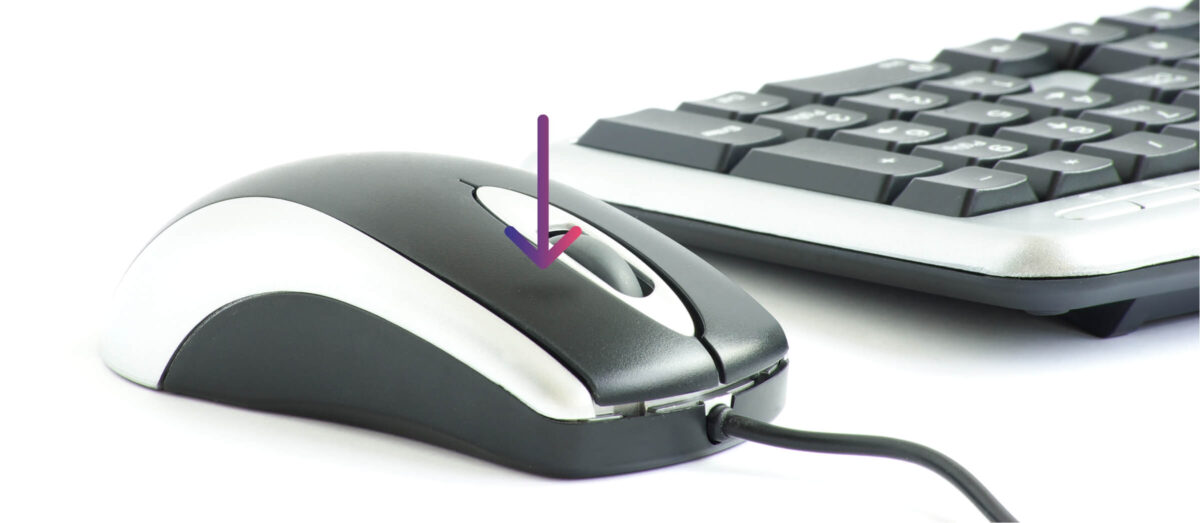Written By: Jason Fields, COO
The Importance of Accessibility in Digital Products
Common sense dictates that a market with more spending power than most countries’ GDP wouldn’t be underserved in digital by most major brands, but the disabled community faces just this challenge. With over $13T in spending power, the accessibility of digital tools remains subpar when compared to the vast features and functions any enterprise digital application ships with.
This isn’t to say that brands aren’t making progress, as they indeed are. However, it is in fits and starts. Usually, accessible features in digital tech are aimed at individuals with low/no vision, which is fair given that the primary medium for digital is a screen, and yet there remain other populations who have a different disability for which digital engagement remains challenging.
While there is an ethical and human component to creating accessible technology, businesses are rarely interested in that rationale, which certainly isn’t the sole reason to champion the idea. So, let’s unpack how and why accessible technology is specifically in the best interest of business and digital products.
Evolution of Digital Interfaces and Adaptive Controls
When I was introduced to computers and tech, the user interface was a command line. In college, I had to reserve a small, dark cubby on the 18th floor of the W.E.B. du Bois library to gain access to a shared computer where I could use an IRC room to ‘chat’ my girlfriend in Los Angeles because I was too poor to afford long distance more than once a week. The interface was green text on a black screen. (you can roll your eyes, it’s OK).
Today, I complain about having group chats with people who force green bubbles (oh, the horror). My point is that the user interface got better, and with it, the, ahem, wait for it, accessibility. When the DOS Prompt was the only way to get the computer to do what you wanted you not only had to know what you wanted to do, you had to know how to tell the computer to do it (sounds like AI). During this era, many pundits and thought leaders said, ‘This will never catch on; it isn’t accessible.’ And they were right about the last part.
Between then and now, we have had a lifetime of developments, the Graphic User Interface being a cornerstone of advancement. Though demonstrated for the first time in 1975 by Xerox, it gained its place in modern UI when in 1981 Xerox introduced the Star workstation, which influenced the next major moment of adoption, 1984 when Apple released the Mac and even more so with the Apple II.
So, how will we navigate the graphical user interface? How about the QWERTY keyboard (invented in 1967) and a mouse (invented in 1963)? Have they evolved since then? Yes, of course, they have, but we have the same essential experience.
In 2007, the world learned the power of ‘tap and swipe’ at scale with the iPhone. This was a revolution, for sure, and one that has changed the world since. Did accessibility improvements come with it? For some, yes, and for many others, it introduced even more challenges. Again, this isn’t a disparagement of companies like Apple. As a business, you need to survive. To do that, a business must succeed in a revenue model that allows for business continuity. I’d argue that the brands in our daily digital lives are well beyond sustainability, and it is time to turn to accessibility in a meaningful way. The good news is that when a company does, a market with $13 trillion in spending power opens up to it.
Want even better news? Many accessibility advancements (digital or not) from years past are used by the masses. People like options, especially when their situations change from week to week and year to year. Consider ramps into buildings, motorized scooters, audiobooks, closed captioning, automatic doors, or adjustable height desks (reference). Each item began as an ‘accessibility accommodation’ (often with pushback from companies) and became a mainstream expectation when the public experienced it.
Today, most people have a suite of digital tools ranging from computers to mobile devices, and they use them in whatever form factor, and interface they like. Yet the way to control this tech and the software that resides on them remains tied to the past: keyboard & mouse, tap & swipe.
Yet modern digital devices have other input options, from cameras to microphones to accelerometers and proximity sensors.
Seizing Market Opportunities Through Accessibility
One of Cephables users said in an interview, “If we’re lucky enough to grow old, we’ll all be disabled at some point.” Truer words have never been spoken. And yet, most of us have already experienced disability in our lives well before old age. Have you ever broken an arm? A Finger? Ever sprained a wrist? Has your back hurt so bad you had a hard time sitting in a chair, let alone trying to accomplish something on your computer or your phone?
My point is that with lessons learned from history, we now know that creating alternative ways of accomplishing everyday tasks can be deeply meaningful to those who need it and widely accepted by those who may not.
There are statistics on statistics on statistics about how companies who pay attention to accessibility outperform those who don’t (Accenture, TechCrunch, Bureau of Internet Accessibility). I’ll assume you are here not because you need convincing accessibility is important, but rather because you are looking for a new way of doing it.
The answer is simple. Achieving compliance isn’t enough anymore. If you built an e-commerce store only concerned with the bare minimum, you wouldn’t have a store for long. What customers need is a mechanism to make digital their own.
Brands that integrate a mechanism allowing their customer base to bend the experience to their own capabilities, rather than the technology bending the customer to itself, create a competitive moat, cater to a 1.3B person market with $13T in disposable income, and lead on the next generation of user interface design.
Not to mention the benefits to Corporate Social Responsibility reporting and decrease in risk & litigation: the public narrative is better.
In short, advancements in technology make it easier than ever to bring new solutions to your customer base. Can Cephable be an option to integrate into your business? Yes. But regardless of what the solution for your business is, it’s time to find the solution.
Get In Touch
Our team can help you learn more about integrating with Cephable.
Enabling people to move beyond keyboard and mouse with the capabilities they have.
Cephable turns any input into any output.
















